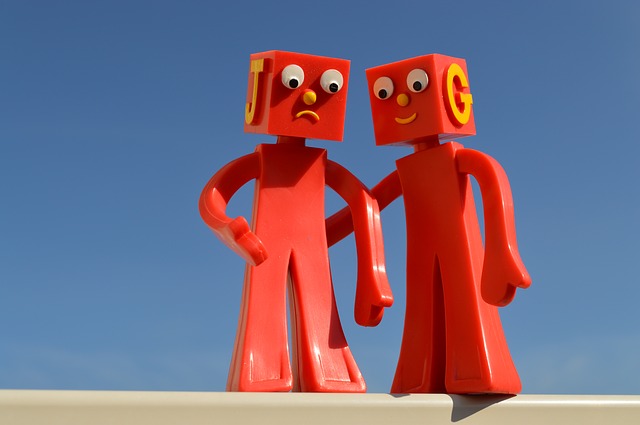 There’s a new animated series (My Life is Worth Living) that hopes to prevent suicide through its story telling. They want to show how important human connection is for prevention. But can such a serious subject be addressed through a cartoon?
There’s a new animated series (My Life is Worth Living) that hopes to prevent suicide through its story telling. They want to show how important human connection is for prevention. But can such a serious subject be addressed through a cartoon?
Daniel Hess, founder of To Tony Productions thinks this concept works, assuming the series has some depth. Hess explains, “the characters in the show have to demonstrate something the viewers can identify with. The shows I enjoyed the most as a youth were ones where I could see a reflection of myself in a main character."
“People at risk of suicide can follow the path of relatable characters,” added Hüdanur Akkuzu, psychology consultant at Oh So Spotless. “They might feel less alone and learn how to deal with negative feelings. It may help to also show characters seeking professional support.”
But Akkuzu believes everyone’s story is unique, and specific solutions may not work well for some people. He gave an example, “If a character gets support from her boyfriend and feels better, it can lead the audience to feel lonelier if they don't have that support."
In addition to showing how to work through suicidal ideations, Kevin Maberly, mental health consultant at Tiger Medical believes a cartoon series or a cartoon character may help youth realize that crises are usually temporary. Maberly said, “Positive events can occur and situations can be changed. Cartoon characters may play an important role to connect teenagers with the negative impact of suicidal attempts.”
Unfortunately, stigma and insufficient understanding about suicide continues to be an issue. Discussing this topic in an accessible medium is also another way to build awareness against suicide. Illustrator Hamish MacDonald says we still have a mindset of “‘You can’t show that!’, like these thoughts are a radioactive contagion that must be contained and hidden away. But in my experience, when I was in that state, I was so stuck in my own private vortex that I was completely disconnected from empathy. I couldn't hear what others were trying to tell me or feel their concern, let alone be influenced by them.”
“Fortunately, it’s been decades since I was in that place,” said McDonald, “but that also means it’s harder to access that state of mind. Looking back on my experience, it seems like a stupid, selfish indulgence that nearly caused me to deeply hurt people for reasons that seem trivial now.”
As Scott Ferguson, founder of I Over Golf says, “prejudice and perspective are developed and taught. Letting kids learn about suicide will stop the stigma about it. A cartoon like this one is not about making light of the situation. Instead, it is shedding light on it, so that people will be aware and take it seriously.”
“Not only will this increase awareness,” noted Ian Sells, CEO of RebateKey, “but hopefully help build protective factors for older children and teens. And if it is used as a springboard for parents and guardians to talk and interact with teens, and if the series can help teens connect better with others, then I'm sure this will positively impact and improve the mental health status of those it aims to target.
Tamara Jong, a writer in Canada, is another supporter of this concept for a cartoon. “Kids are talking about these things more openly,” said Jong, but “maybe not around adults (just like when we were kids). In one comic I read, it talks about a classmate who died by suicide, how the kids handled it, and the rumors floating around about why the classmate did it. It seemed fairly honest and real and doesn't make it all neat because life seldom is. I also alluded to suicide in my comic 'Fear, a Short-ish History' because I felt it was easier to tell the story with images and people seemed to relate to it.”
With suicide rates as high as they are, Akkuzu is an advocate for seeking multiple solutions to see if what helps. He said, “a cartoon series can be a good solution if it helps make suicide prevention more accessible for many young people and make light of the situation.” Jong also believes investing in multiple ways to reach kids is important. She added, “Real talk is so important, and it looks like this series may do that.”
Tina Arnoldi, MA is a marketing consultant and freelance writer in Charleston SC. Learn more about her and connect at TinaArnoldi.com